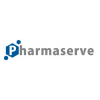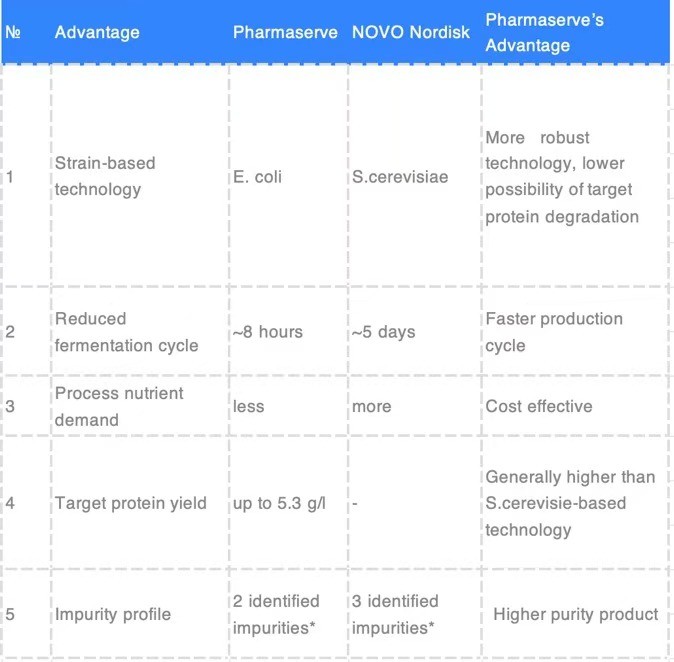Business Type:Trader
Country/Region:China
Ddu Verified
HOT Rank


Suzhou Pharmaserve Technology Co., Ltd.
We are professional supplier of Semaglutide,Liraglutide,Tirzepatide,Carbetocin,Ganirelix Acetate,Cetrorelix Acetate,Thymalfasin,Atosiban Acetate,Linaclotide.
Business Type:Trader
Country/Region:China
Ddu Verified
HOT Rank

Liraglutide Pharmaserve is an acylated human glucagon-like peptide-1 (GLP-1) receptor agonist with 97% amino acid sequence homology to endogenous human GLP-1(7-37). Like endogenous GLP-1, liraglutide binds to and activates the GLP-1 receptor, a cell-surface receptor coupled to adenylyl cyclase activation through the stimulatory G-protein, Gs. Endogenous GLP-1 has a half-life of 1.5-2 minutes due to degradation by the ubiquitous endogenous enzymes, dipeptidyl peptidase 4 (DPP-4) and neutral endopeptidases (NEP). Unlike native GLP-1, Liraglutide is stable against metabolic degradation by both peptidases and has a plasma half-life of 13 hours after subcutaneous administration. The pharmacokinetic profile of Liraglutide, which makes it suitable for once-daily administration, is a result of self-association that delays absorption, plasma protein binding, and stability against metabolic degradation by DPP-4 and NEP. GLP-1 is a physiological regulator of appetite and calorie intake, and the GLP-1 receptor is present in several areas of the brain involved in appetite regulation. In animal studies, peripheral administration of Liraglutide resulted in the presence of Liraglutide in specific brain regions regulating appetite, including the hypothalamus. Although Liraglutide activated neurons in brain regions known to regulate appetite, specific brain regions mediating the effects of Liraglutide on appetite were not identified in rats.
